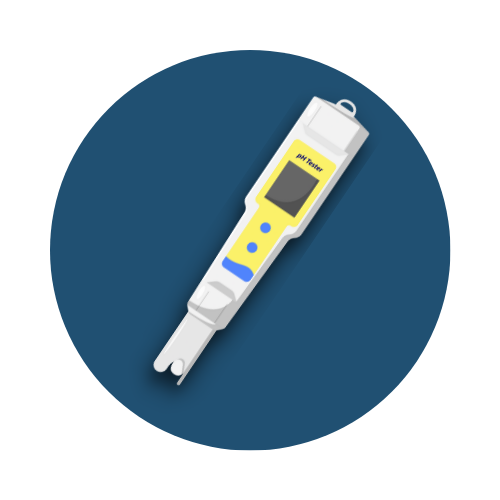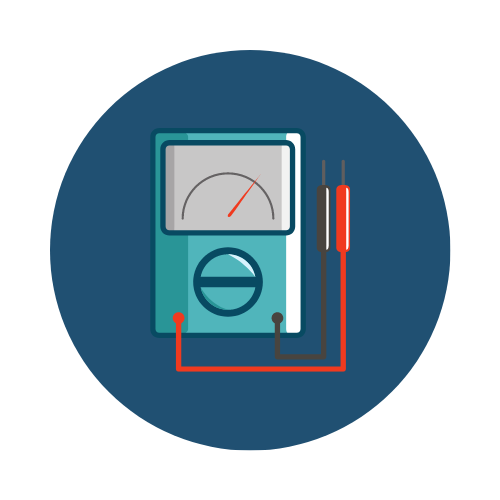The Probes

pH electrodes generate a voltage output. The probe has a known reference solution which is compared to the electrodes potential. This electrical signal is mapped to a pH value. The glass on the electrode is a semi-permeable membrane and the reference buffer connects to process water through a porous junction. The relatively weak electrical signal from the probe can be degraded by several factors including probe age, water quality, and the electrical environment. Care should be taken on installation and appropriate maintenance are required to maximize the probes life expectancy and ensure the probe can read accurately. ORP electrodes are similar to pH probes. However, their differential is typically taken across a platinum rod.
Installation

These sensitive probes require special considerations for install.
- Flow – Too much flow will pull the reference buffer out of the junction and creates cavitation.
- Chemical Feed – Many installations have chemical feed directly upstream from the probe, one way checks between feed points and probe prolong probe life.
- Contaminants – Harsh debris, like sand, or suspended organics, like oil, can harm and interfere with measurements.
Maintenance

pH and ORP probes require routine maintenance, calibration and eventual replacement. Depending on water quality, plan for annual probe replacement. If measurement drifts, clean before calibrating.
- Organic Oil or Grease – Wash the sensor tip in a liquid detergent and water. If the film is known to be soluble in a particular organic solvent, wash the tip with this solvent. Rinse the sensor tip with tap water.
- Inorganic Scale Deposits – Dissolve the deposit by immersing the sensor first in 0.1M (mole) Hydrochloric acid (HCl), then in 0.1M Sodium Hydroxide (NaOH), and again in 0.1M HCl. Each immersion should be for a five (5) minute period.
Electrical

A probe is like a small battery. Overtime, this battery degrades gets weaker and requires eventual replacement. Electrical interference can impact the quality and accuracy of your measurement, minimize wire extensions and maximize distance from high voltage. Also, electricity can leech into the system known as “stray voltage”. This will cause erratic measurement and other system issues. If found must be remedied and appropriate grounding measures taken.